Photo montage is the process and the result of making a composite photograph by cutting, gluing, rearranging and overlapping two or more photographs into a new image. Sometimes the resulting composite image is photographed so that a final image may appear as a seamless photographic print. A similar method, although one that does not use film, is realized today through image-editing software. This latter technique is referred to by professionals as “compositing”, and in casual usage is often called “photo shopping”of the popular software system.A composite of related photographs to extend a view of a single scene or subject would not be labeled as a montage.
Photo montages vary a lot in style and design. Artists choose to use a multitude of subjects such as portraits, natural environments, natural landscapes, city landscapes and different objects which are combined together for artistic effect.
EXAMPLES OF PHOTO MONTAGE:
These are examples of modern day montages, many of which are created using the assistance of digital programmes. In contrast this task required us to create photo montages using manual techniques, taking into consideration layout, colour, tone and composition when creating the images.
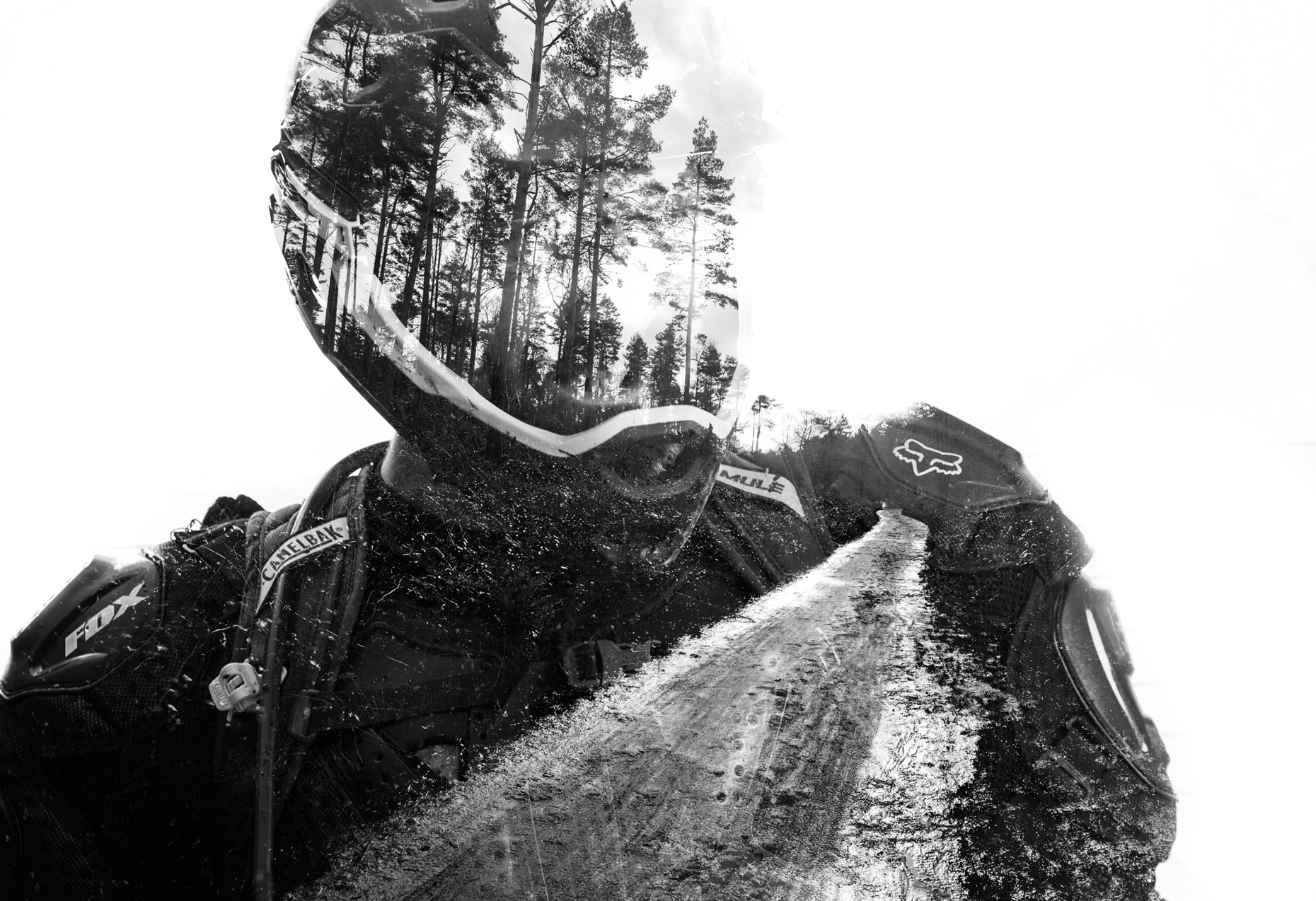


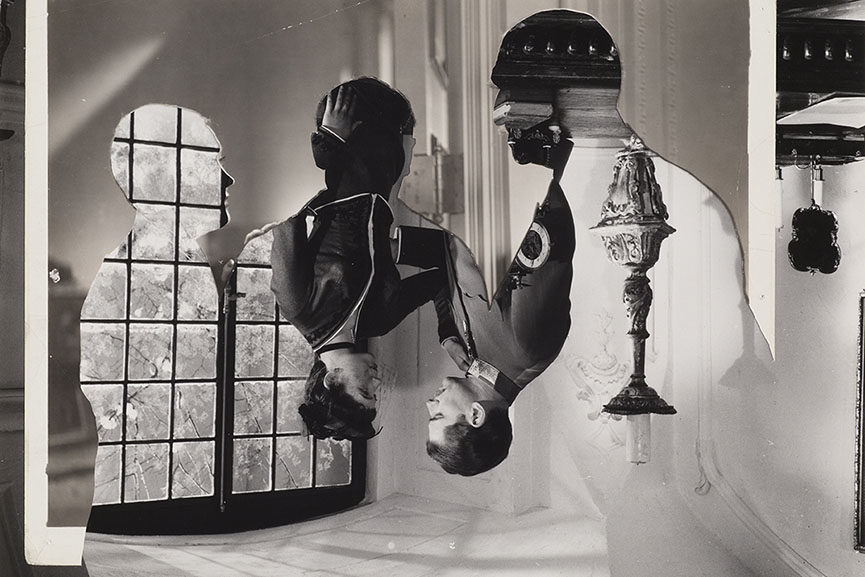
MY PHOTO MONTAGES:

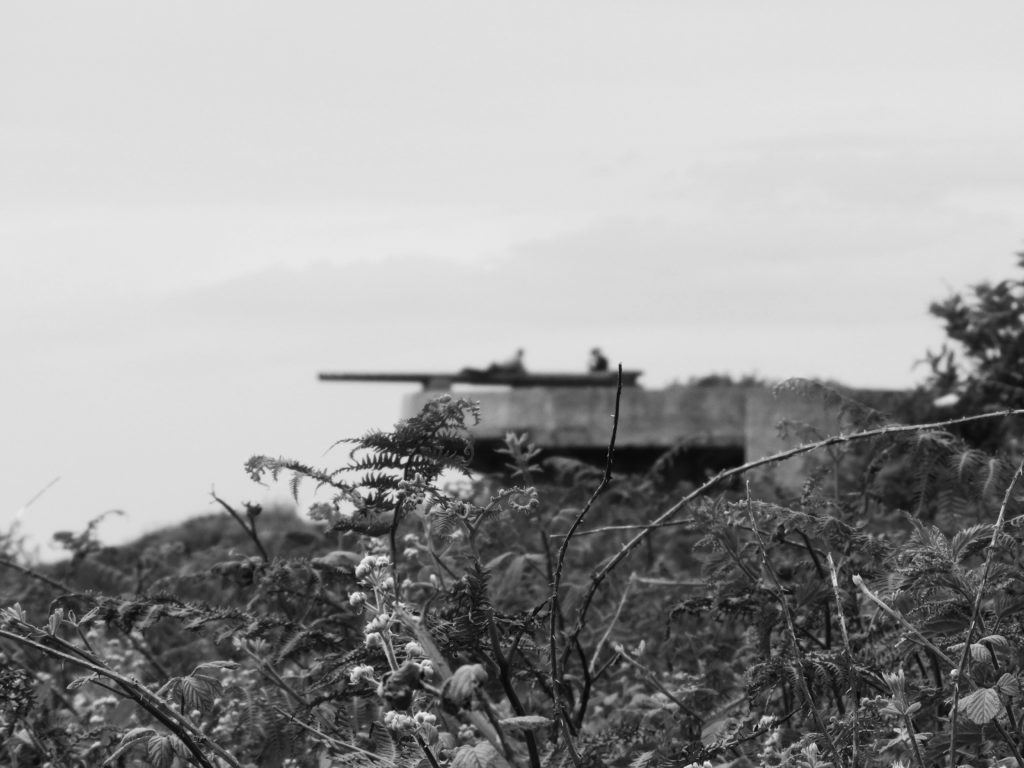
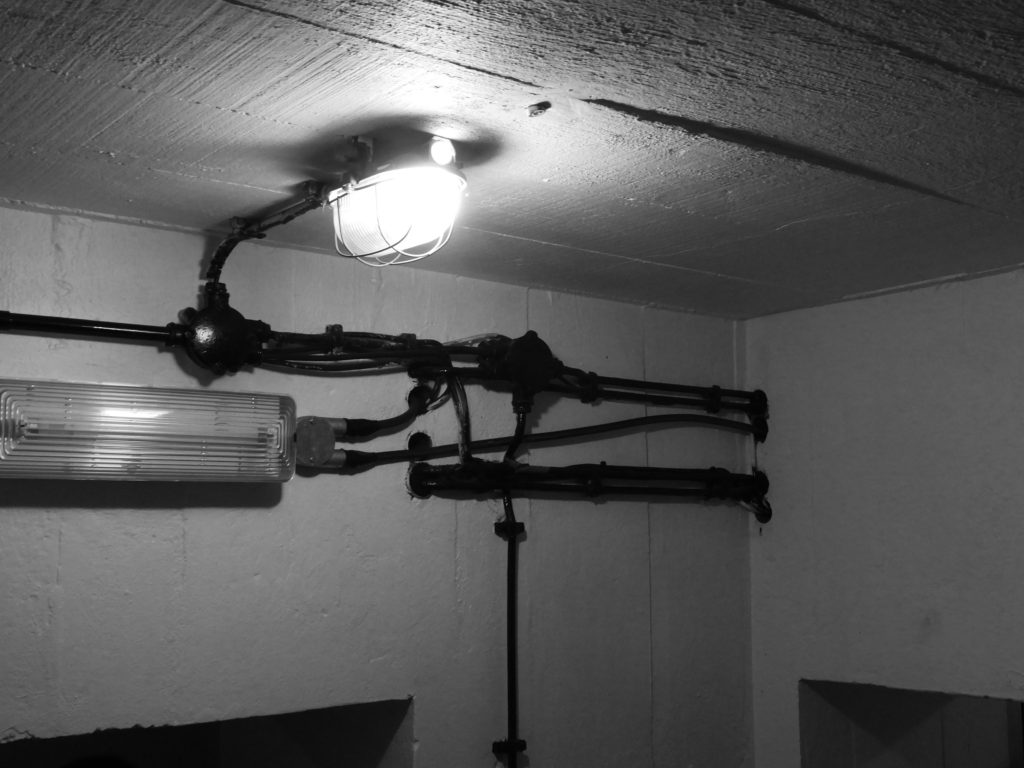
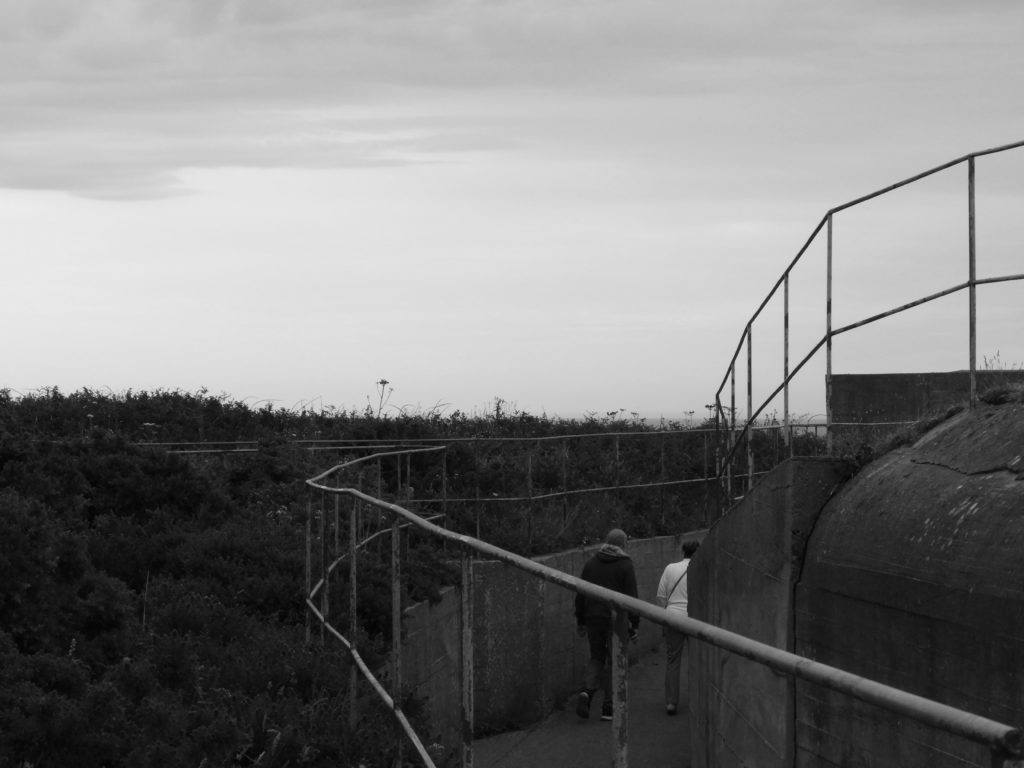

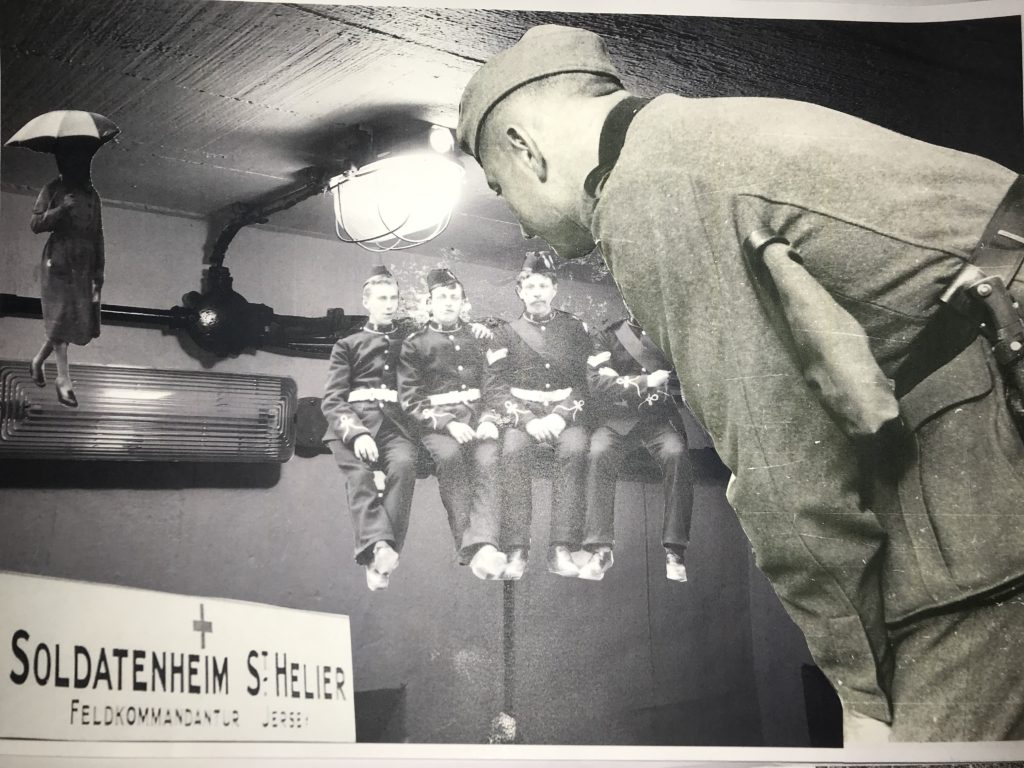
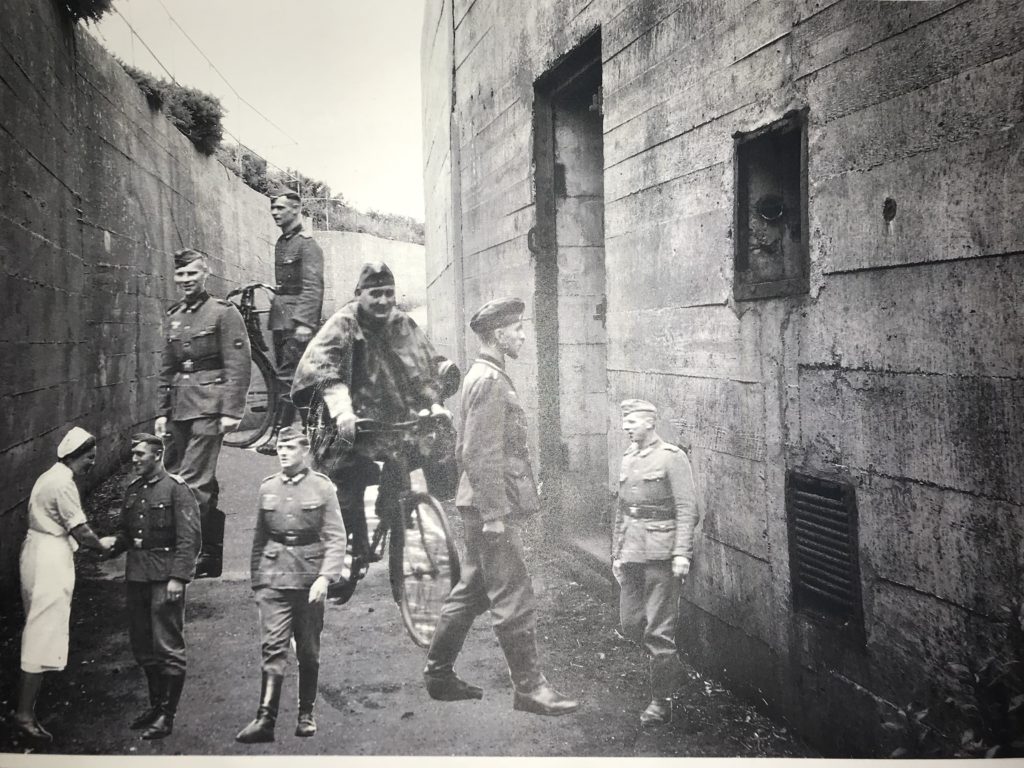
PROCESS/MAKING:
In order to create my photo montages I used various simple techniques to achieve the effects. As opposed to last time, in order to create my photo montages I physically cut out the images instead of using photo shop to stitch together the photos, this means that the montages have a more raw and real feel to them. I combined both my own imagery and photos which came from the archives, this resulted in a series of montages which combine the past and present, representing the importance of preserving war monuments. They also show how people die yet their memory lives on through the use of archives and the preservation of war memorabilia.
CRITICAL ANALYSIS:
TECHNICAL;
In terms of capturing my own images inside the bunker it was essential that as much light would be let into the camera as possible due to the dark nature of the environment, therefore in the manual settings I turned up the ISO to 800 allowing the images to be bright and all the items to be distinguishable. As the environment was so dark inside the bunkers, it was essential that I kept the camera as still as possible to avoid motion blur.
VISUAL:
In terms of the visual aspects of the image, I purposely intended to have a very random layout of images, for example the man lurking over the top of the group of men sitting down and the woman walking across from the left hand side of the image. I used a variety of different figures and shapes in order to create a varied and interesting concept. I used a variety of different originals images from the archive which I printed out, cut out and arranged in the way which you can see below. The base image which I used for the photo montage was an original image which I took whilst our visit to Noir Mont, inside one of the bunkers.
CONCEPTUAL:
The idea behind these images is to create different variations of work from the images which came from the archives. Using simple techniques such as collaging we were able to create work which was different and unique. It encouraged us to think in a way which made us consider layout, coloraturas, tone and composition to create images which were different yet cohesive and harmonious.
CONTEXTUAL:
The Société Jersiaise is a learned society in Jersey which was founded in 1873, in the manner of similar county societies in the United Kingdom and Sociétés Savantes in France for the purposes of:
- “The Publication of Local History,
- The encouragement of the use of French, the official language,
- The study of the ancient local dialect,
- To achieve, as far as possible, the conservation of all prehistoric and historical sites,
- To found a library, mainly historical and archaeological,
- To collaborate with other societies with similar aims” [1]

